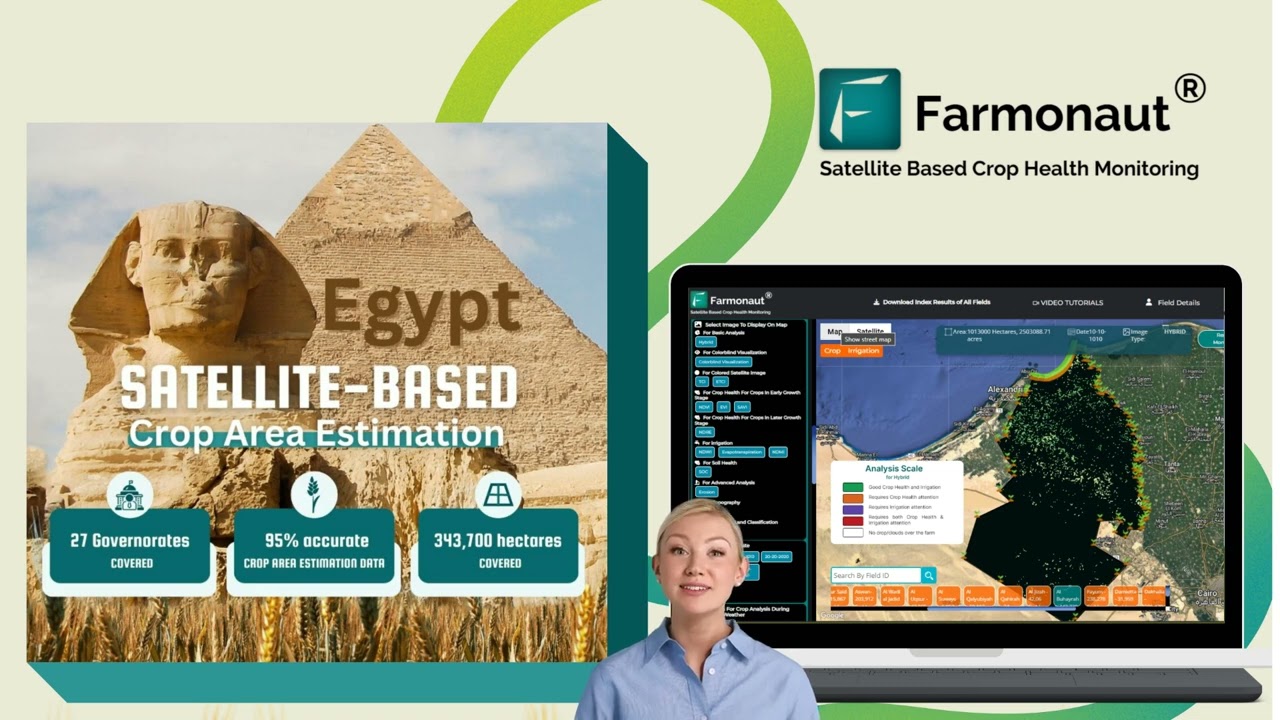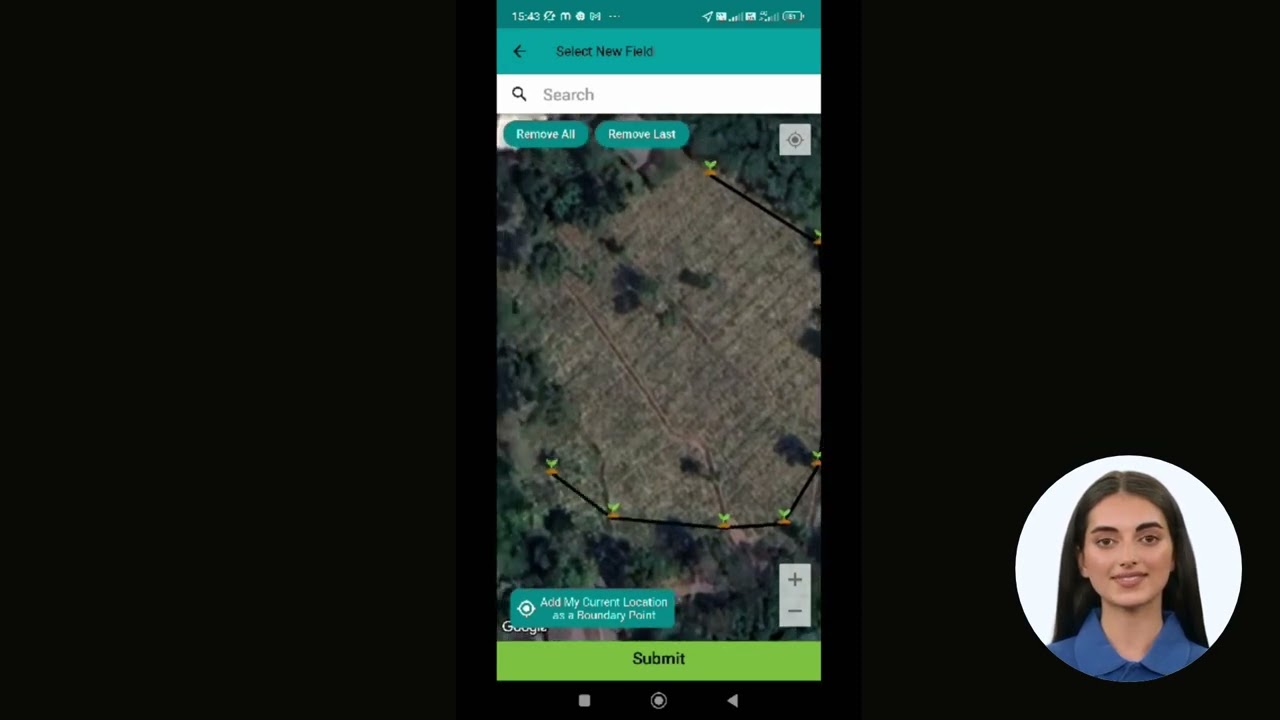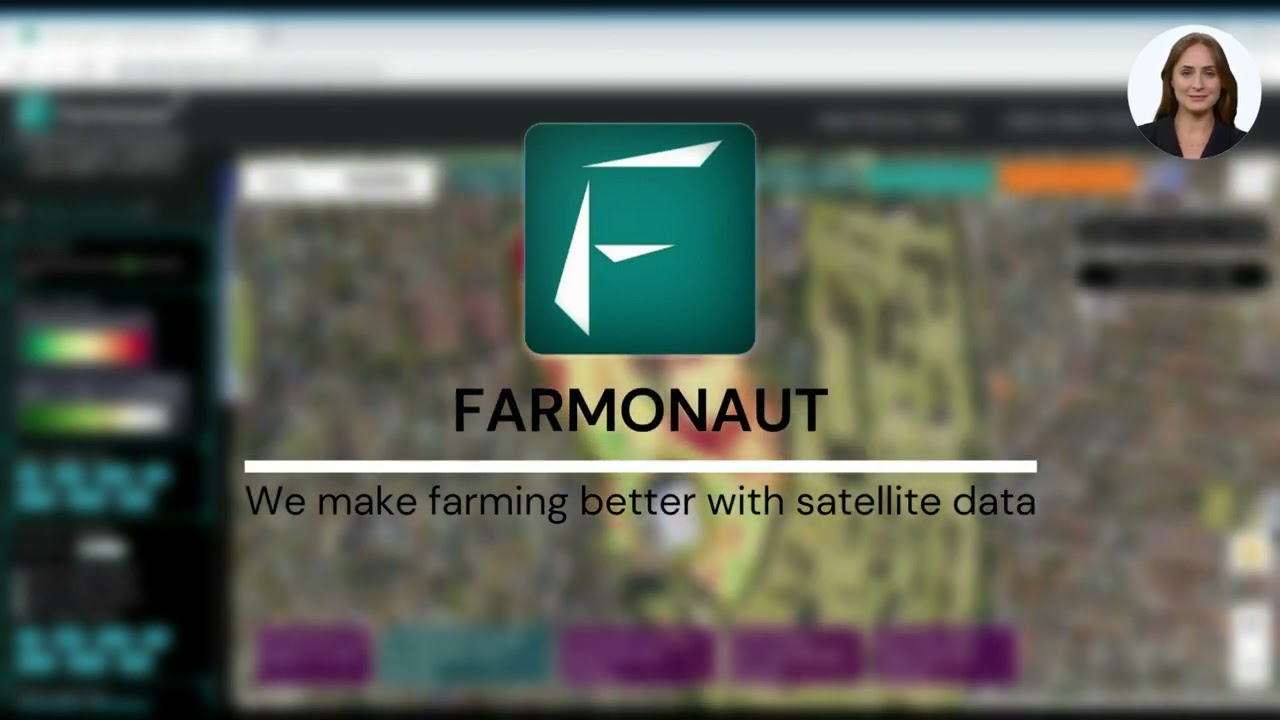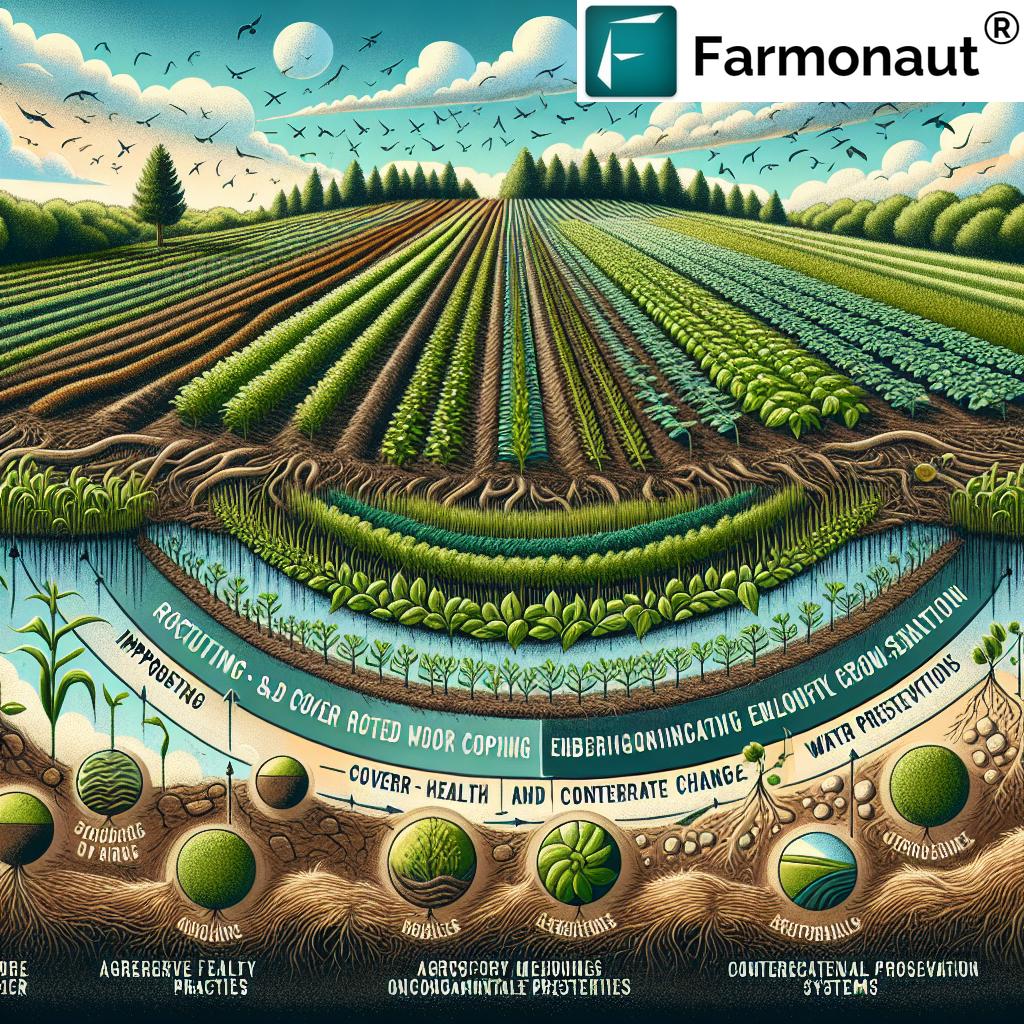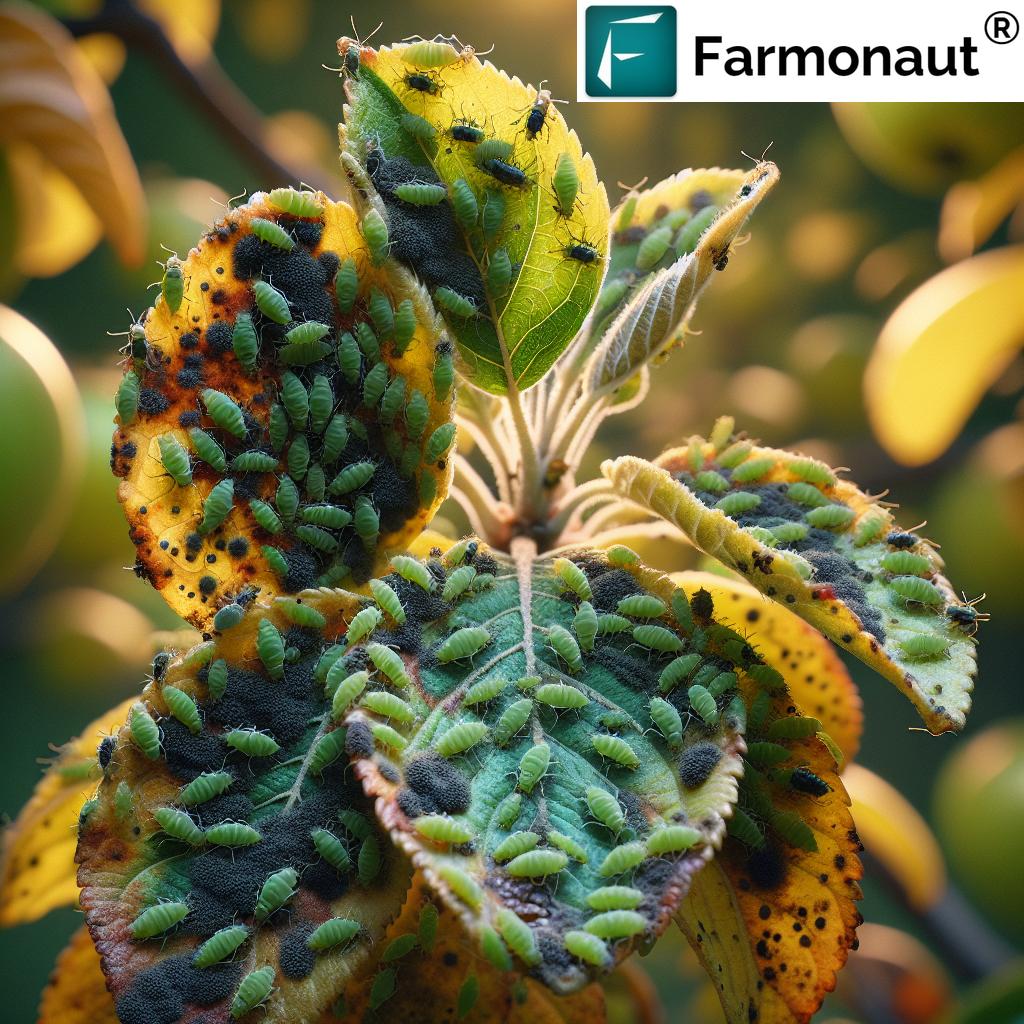Citrus Leafminer Treatment: 7 Powerful Ways to Protect Crops
“One citrus leafminer larva can reduce citrus leaf photosynthesis by up to 80%, impacting overall crop health.”
Summary
Citrus leafminer (Phyllocnistis citrella) is one of the most significant pests affecting citrus crops worldwide. Primarily native to Asia, this leaf miner now plagues key citrus-producing regions, including the United States, Australia, and Africa. By targeting young, tender leaves, it causes distinctive silvery mines and severe cosmetic damage. The resultant reduction in leaves’ photosynthesis can lead to tree decline, reduced yield, and increased vulnerability to other diseases.
Effective citrus leafminer control relies on a comprehensive, integrated approach—combining cultural practices, biological control, and the judicious use of chemical treatments. Our guide delves into seven powerful strategies for managing and reducing pest populations, with practical advice tailored to different citrus-growing environments.
As a pioneer in precision agriculture, Farmonaut supports sustainable pest management with satellite-driven crop health monitoring, real-time advisory, and resource optimization—all accessible via web, Android, and iOS apps.
Biology and Behavior of Citrus Leafminer
Understanding the Leaf Miner Life Cycle
To build an effective citrus pest management strategy, we must first understand the biology and behavior of the citrus leafminer (Phyllocnistis citrella).
- Adults: Small, silvery moths emerge in the early morning and mate near dusk.
- Eggs: Females begin depositing eggs on young, tender flush about 24 hours after emerging. A single female moth can lay up to 50 eggs during her lifespan.
- Larvae: Eggs hatch after roughly 24 hours. The larvae immediately chew into tender leaves, producing silvery mines—hallmarks of their destructive activity.
- Stages: There are three larval stages followed by a prepupal and pupal stage. The prepupa forms a closed chamber—usually at the leaf edge—with silk, where it molts and eventually emerges as an adult moth.
- Reproduction: In regions such as Florida, up to 15 pest generations may occur annually during favorable conditions, compounding the challenge for citrus growers.
The damage from the leaf miners is not just unsightly; it also reduces photosynthesis, inhibits healthy growth, and may lead to severe tree decline over time.
“Integrated pest management can decrease citrus leafminer infestation rates by over 60% compared to chemical-only methods.”
Citrus Pest Identification and Management
Successful citrus leafminer control starts with accurate identification and informed management. We recommend:
- Monitoring young leaves for telltale silvery mines and rolled leaf edges.
- Recording pest activity across different growth flush periods. The pest prefers new flushes when leaves are tender.
- Using pheromone traps to detect the presence of adult moths—crucial for timely interventions.
- Mapping affected areas regularly to spot hot spots and implement localized treatments.
With Farmonaut’s satellite crop health monitoring tools, citrus growers can remotely track crop vigor and efficiently prioritize scouting and treatments—saving time and resources.
- To track crop health, pest outbreaks, and soil moisture effectively, explore the full suite of carbon footprinting tools—essential for optimizing irrigation and sustainability.
- If managing larger orange groves or cooperative orchards, Farmonaut’s large scale farm management solution delivers advanced reporting and operational oversight across hundreds of hectares.
7 Powerful Citrus Leafminer Control Methods
Let’s address how to manage citrus leafminer using a blend of cultural, biological, chemical, and mechanical treatments. Here are the top strategies for preventing leaf miner damage in citrus:
1. Integrated Pest Management for Citrus
IPM is our foundation for effective citrus pest treatments. This holistic approach reduces pest populations with minimal environmental impact. IPM involves:
- Monitoring leaves and using traps to catch adult moths at different points of the year.
- Employing satellite remote sensing (like Farmonaut’s crop advisory tools) to detect subtle changes in crop health that may indicate early pest outbreaks.
- Judicious use of insecticides with timing tailored to peak leaf miner activity, thus reducing non-target impacts and resistance risk.
- Encouraging natural predators and parasitoids by avoiding broad-spectrum chemical applications.
- Pruning and removing infested flush strategically, guided by data-driven platforms such as Farmonaut’s resource management dashboard.
By combining multiple control approaches and adapting based on pest pressure, climate, and crop growth stage, we maximize effectiveness and sustainability.
2. Cultural Practices for Citrus Pest Management
Cultural control is a proactive and highly practical pillar of citrus leafminer management. Our recommended cultural practices include:
- Fertilization Timing: Apply fertilizers during winter, so citrus trees produce a major flush of new leaves in early spring—when leaf miner populations are still low, reducing pest buildup (DPI, NSW).
- Irrigation Management: Restrict irrigation during late summer/autumn, which minimizes favorable conditions for new tender growth, thereby suppressing suitable sites for moth egg-laying.
- Pruning Practices: Remove heavily infested leaves or flush shoots but avoid pruning during active pest periods, since excessive pruning can stimulate vulnerable flush growth and worsen infestation.
- Sanitation: Collect and destroy fallen, infested leaves to reduce the overwintering pest population.
Timing is essential. We recommend using Farmonaut’s crop calendar and weather forecast services to optimize fertilization and irrigation scheduling, synchronizing these operations with periods of minimal pest pressure.
3. Biological Control of Citrus Pests
Nature provides a host of natural predators of citrus leafminer that, if protected, can dramatically reduce leaf miner numbers. Key biological control agents include:
- Parasitic Wasps: Species like Ageniaspis citricola, Cirrospilus ingenuus, and Semielacher petiolatus attack and parasitize leaf miner eggs and larvae, effectively suppressing pest populations. In some locations, A. citricola is responsible for 30% or more of annual leaf miner mortality.
- Generalist Predators: Lacewings, some ants, and spiders prey on exposed larvae and adults, further lowering infestations.
- Habitat Management: Maintain ground covers, hedges, and shade strips to attract and retain beneficial organisms, while minimizing the use of broad-spectrum insecticides that could disrupt this natural pest control balance.
Biological control provides a natural, long-term reduction of pest pressure and fits perfectly with IPM strategies. In periods of severe infestation, consider augmentative releases of parasitoids—consult your local agricultural extension or pest management professionals for further advice.
Satellite advisory services like Farmonaut’s Jeevn AI alert users to hotspots of pest activity, suggesting where additional biological support or habitat management could be most beneficial.
Discover more about Farmonaut’s AI-driven advisory for sustainable crop management by visiting the plantation advisory page.
4. Chemical Control for Citrus Leafminer
Chemical control should always be part of an integrated plan, not the only line of defense. The protected position of leaf miner larvae inside the leaf makes them less susceptible to many pesticides, so effectiveness hinges on timing and product selection:
- Insecticides: Systemic products containing imidacloprid can reduce leaf miner activity when applied at the correct flush stage, but must be used judiciously to avoid flaring secondary pests such as spider mites (Content CES, NCSU).
- Insect Growth Regulators (IGRs): Disrupt the development of larvae, preventing their maturation to adults and subsequent population increases.
-
Horticultural Mineral Oils: Applying oils to tender flush can
deter moth egg-laying and slow down infestation rates. Only use oils in early morning or late afternoon to mitigate potential phytotoxicity during hot weather.
Always follow local label instructions, rotate chemistries to avoid resistance, and ensure that applications target the specific pest life stage for best results.
For precision timing and pest outbreak mapping, Farmonaut’s real-time field monitoring helps plan treatments at the most effective periods, optimizing both insecticide use and cost-effectiveness.
5. Pruning and Removal Techniques
Timely pruning is a highly recommended, non-chemical approach for reducing pest populations and limiting damage in citrus trees:
- Remove older, infested leaves before peak flush periods (late winter to early spring), so the new flush emerges when pest numbers are low.
- For young trees, pruning off infested shoots can significantly slow pest build-up.
-
Avoid extensive pruning during high pest activity, as this can stimulate more tender growth,
providing a fresh food source for leaf miners.
Integrate pruning with the insights from Farmonaut’s satellite-based monitoring to identify orchard zones showing heavier pest pressure.
6. Horticultural & Neem Oils
Horticultural mineral oils and neem oil offer organic and eco-friendly options for citrus leafminer control:
- Deterring Egg-Laying: Application of oils on the surface of new flush leaves creates a barrier that deters adult moths from depositing eggs.
- Safe Application: Always apply oils in cooler periods—early morning or late evening—to minimize phytotoxicity.
- Combination Strategies: Oils can be used in rotation with other interventions and are especially beneficial when combined with biological control to avoid harming beneficial organisms.
For large-scale operations, Farmonaut’s resource management platform can help track oil application dates and orchard conditions, streamlining pest spray records.
7. Planting Resistant Citrus Varieties
Varietal resistance—though not always available for every grower—can provide the backbone for long-term leaf miner management:
- Resistant Varieties: Some citrus cultivars exhibit lower susceptibility to leaf miner damage due to physical or biochemical leaf traits.
- Plant Breeding: Opt for locally recommended, resistant selections in new plantings, and diversify genetic stock to minimize severe outbreaks.
- Grafting: Consider grafting susceptible cultivars onto tolerant rootstocks for added resilience.
Check with local nurseries or agricultural extension agencies for availability and guidance on resistant citrus stocks best suited to your region (United States, Australia, Africa, or Asia).
Comparison Table of Citrus Leafminer Control Methods
| Treatment Method | Effectiveness (% Pest Reduction)* | Application Frequency | Cost Estimate ($/Acre) | Eco-Friendliness (1-Low; 5-High) | Notes/Precautions |
|---|---|---|---|---|---|
| Biological Control (Parasitoids & Predators) | 30–60% | Seasonal/natural establishment | Low–Medium ($20–$100) | 5 | Do not use broad-spectrum insecticides; maintain habitat diversity |
| Pheromone Traps | 10–30% | Ongoing/seasonal | Low ($10–$25) | 5 | For monitoring; limited suppression effect |
| Neem Oil or Horticultural Oils | 20–50% | Every 10–14 days during active flush | Medium ($40–$120) | 4 | Risk of phytotoxicity in high heat; eco-friendly if used correctly |
| Routine Pruning | 15–35% | As needed (seasonal) | Low ($10–$30) | 5 | Avoid during peak infestation; can stimulate undesired flush |
| Chemical Pesticides (Systemic Insecticides & IGRs) | 40–80% | Only as required | High ($80–$250) | 2 | Risk of resistance and secondary pest outbreaks |
| Resistant Varieties | Varied (up to 70%) | Permanent | Higher initial ($200+)* | 5 | Limited availability depending on region |
| Cultural Practices (Irrigation, Fertilization, Sanitation) | 20–40% | Ongoing/seasonal | Low ($5–$20) | 5 | Best as part of integrated approach |
How Farmonaut Empowers Citrus Growers
As citrus growers face increasing pressure from pests like Phyllocnistis citrella, leveraging new technologies is a gamechanger. Farmonaut supports modern, sustainable pest management in the United States, Australia, Africa, Asia, and worldwide by providing:
- Remote, real-time monitoring of citrus crop health and pest issues, allowing rapid detection and precise action—no matter farm size.
- Satellite data interpretation (NDVI, soil moisture, disease risk)—helping us optimize irrigation and fertilization to bolster tree resilience and minimize favorable conditions for pests.
- AI-based advisory (Jeevn AI): Delivers actionable advice for each farm, customizing irrigation, nutrient management, pest scouting, and spray timings based on live field data.
- Crop loan and insurance verification: Satellite data verification to support farm financing and insurance claims, ensuring access to funding for operational improvements and pest treatment investments.
- Blockchain-based traceability: Instills trust in the supply chain, documenting every step from orchard to consumer, and helping producers meet transparency demands of premium markets.
- Farmonaut API access: For agritech developers or agribusinesses seeking deep integration of satellite and weather data for automated pest management scheduling—documentation at API Developer Docs
Benefits of Choosing Farmonaut:
- Affordable precision farming—no expensive hardware needed, only smartphones or web access.
- Scalable platform: Serves smallholders and large farms in Africa, Australia, Asia, and the United States.
- Promotes sustainability with carbon footprint tracking and resource efficiency.
- Strengthens farm business transparency and increases access to financing.
- AI-generated, easy-to-interpret reports to support every decision.
Explore Fleet Management tools from Farmonaut for optimizing logistics and machinery use during critical pest management operations—learn more on the Fleet Management solution page.
FAQ—Citrus Leafminer Management
What are the visible signs of citrus leaf miner infestation?
Look for silvery, winding mines on the surface of young tender leaves and rolled or twisted leaf edges. Severely affected trees may show reduced growth and increased leaf drop.
Can I control citrus leafminer using only organic methods?
Yes, integrating cultural practices (timing of flushes, irrigation/fertilizer), pruning, biological control (natural enemies), and horticultural oils/neem oil can often keep populations below damaging levels, especially in combination.
How are satellite and AI technologies used in citrus pest management?
Platforms like Farmonaut use satellite data to detect vegetation health, predict flush periods, and alert growers to subtle stress patterns linked to pest outbreaks. AI-based advisory offers custom, timely recommendations to optimize all aspects of crop care, including pest prevention.
How often should I prune or apply oil sprays?
Prune before major flushes if heavy infestation is present. For oils, spray every 10–14 days during flush periods but always monitor for leaf miner activity before deciding on interventions.
Why is an integrated approach considered best?
Relying solely on pesticides invites resistance and can disrupt natural predators of pests. Integrated methods maintain balance, boost effectiveness, and are environmentally and economically sustainable.
Can resistant citrus varieties completely prevent pest damage?
Resistant varieties can reduce but not always eliminate citrus leafminer problems. It is best to combine resistant rootstocks or scions with other management tools for robust and lasting control.
Conclusion: Toward Healthier, Productive Citrus Orchards
The citrus leafminer is a persistent threat to citrus crops worldwide, from Asia to Australia, Africa, and the United States. Through integrated pest management for citrus, which combines cultural control, biological protection, targeted chemical control, and careful timing of interventions, we can protect our orchards and sustain yields.
By using affordable, actionable technology like Farmonaut’s satellite-based monitoring, AI-driven advisory, and broad support tools, citrus growers gain a clear edge in pest detection, resource application, and environmental stewardship. This approach not only reduces the use of chemicals but supports both plant health and business profitability for the long run.
Ready to strengthen your citrus management with precision, sustainability, and confidence? Try Farmonaut’s platform on web, Android, or iOS—or integrate farm data with our API for next-level control and insights.
Farmonaut Subscription Options
Choose a subscription that fits your farm’s needs—satellite-based crop monitoring, AI advice, traceability, and more—beginning with a risk-free trial.






